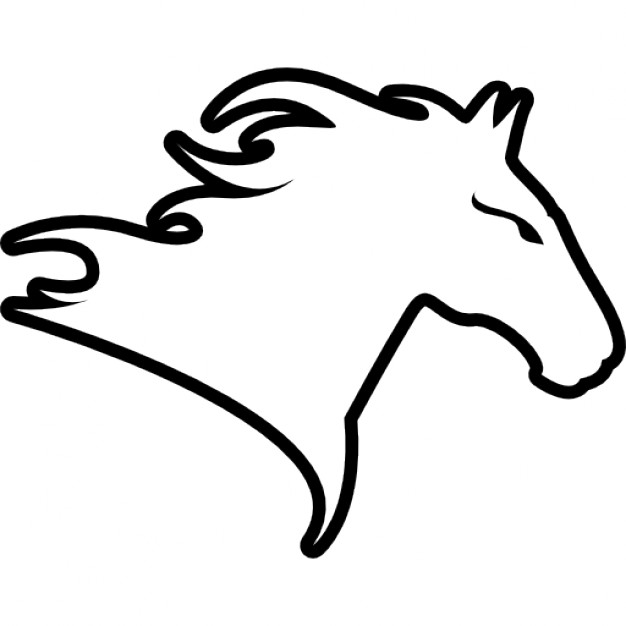

Napoleon Crossing the Alps painted by Jacques-Louis David. The horse outlived Napoleon by eight years. Marengo was Napoleon’s horse which was captured by the British. Statue of Charlemagne by Agostino Cornacchini (1725), St. Tencendur was the warhorse of Charlemagne and Veillantif was the horse of Roland, one of Charlemagne’s men. ( Public Domain )ĭhuuljaanaah was the horse of Husayn ibn Ali during the Battle of Karbala. Piłsudski on Horseback, astride Kasztanka, by Wojciech Kossak. The most famous Polish horse was Kasztanka of Josef Piłsudski. Wellington on Copenhagen, painted by Thomas Lawrence. Copenhagen was the Duke of Wellington’s favorite horse, which he rode at the Battle of Waterloo. Statue of Maharana Pratap riding Chetak ( CC BY-SA 4.0 ) ( Public Domain )Ĭhetak was the war horse of Rana Pratap of Mewar in India. After the horse’s death in 326 BC, after the Battle of Hydaspes, Alexander the Great founded the city named Bucephala in his memory, right on the spot where the horse had died.Īlexander taming Bucephalus. The most famous horse of Antiquity is probably Bucephalus, the horse of Alexander the Great. Babieca was the horse of El Cid, the Castilian nobleman and military leader of medieval Spain. Throughout history, there have been a number of noteworthy horses which are still remembered up to the present day. The Tomb of Duke Jing of Qi and his 600 Horses.One of a Kind Ancient Tablet with Horse Racing Rules Unearthed in Turkey.Truly Amazing Scientific Discovery on Adaptation of Yakutian Horses to Cold.Therefore, the horse mace heads can be interpreted as evidence for the introduction of domesticated horses and riding right before the collapse of Old Europe. The collapse was attributed to intensified warfare which was only worsened by mounted raiding. The collapse of Old Europe is thought to have been due to the immigration of mounted Indo European warriors. These agricultural cultures did not have such mace heads, but they are believed to have aquired them from Suvorovo immigrants. These are from present-day Romania and Moldova and they are close to the Suvorovo graves. Horse mace heads have also been found in the farming towns of Tripolye and Gumelnitsa cultures. Other settlements in the steppes, which were contemporary to the Suvorovo graves (for example Dereivka on River Dnieper and Sredni Stog II), contained numerous horse bones. Some of these graves were found to contain polished stone mace heads in the shape of horse heads and horse tooth beads. These were derived from the earlier funeral traditions from the area around Dnieper River. Horse images have been used as a symbol of power, as seen in the coastal steppes of Ukraine, near Izmail and north of the Danube Delta, in the Suvorovo graves. Source: ( CC BY-SA 3.0 ) Horse Images as Symbols of Power Leaving aside the exact time and date of domestication, horses have been used throughout history for transport, warfare and agricultural work.īhimbetka rock painting. Botai settlements in the Akmola Province of Kazakhstan are believed to provide the location of the earliest domestication of the horse. This hypothesis suggests that horses were domesticated in the Eurasian Steppes around the year 3500 BC. Still, there is evidence supporting another hypothesis. This evidence dates from chariot burials from around the year 2000 BC. Replica of a horse painting from a cave in Lascaux ( CC BY 2.0 )Ĭlear evidence of the early use of the horse is as a means of transport. By painting the image of an animal in this way, it is believed that they thought they would be granted power over the respective animal, thus making it easier to kill for food. In prehistoric times, humans used to paint the images of wild horses on the walls of the caves which they inhabited. However, it is disputed exactly how and when the horse first became domesticated. These were wild horses that were hunted for their meat. Horses first appeared in Paleolithic cave art around 30,000 BC. There are many hypotheses regarding history of the domestication of the horse.


 0 kommentar(er)
0 kommentar(er)
